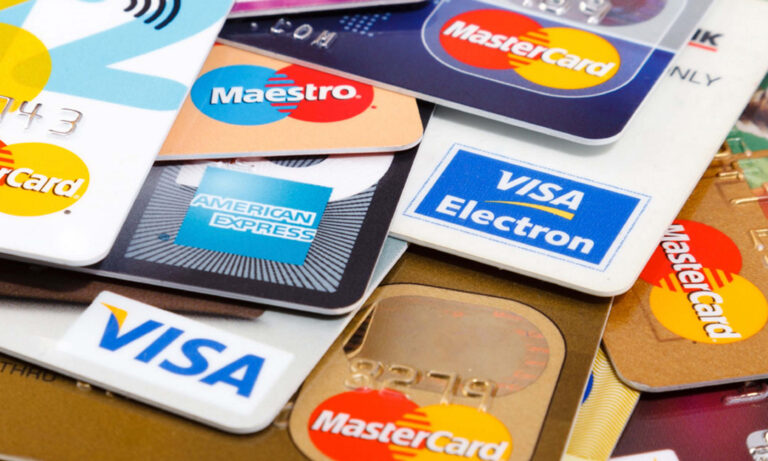Does It Pay to Process Venmo?

Merchants looking to connect with the next generation of consumers will certainly want to consider peer-to-peer payment (P2P) solutions like Venmo. If your business wants to process mobile payments, accepting Venmo is one of the ways you can. Millennials have widely adopted P2P payments in Venmo, and teens are expected to follow suit as they enter the workforce. While Venmo may better position your business with younger demographics glued to their phones, it comes with the same old hassles of chargebacks and disputes, as well as some unique challenges.
WHAT IS VENMO?
Like all P2P payments, Venmo is intended for non-commercial transactions such as splitting a dinner bill or lending money to friends. It’s basically a payment service provider for individuals to transact payments with other individuals, sending money from one personal bank account to another. Technically, you can’t process Venmo P2P payments for your business; this violates their terms and can get you banned. As a business, you must first register with Venmo’s parent company PayPal.
However, once you do this, you can accept both PayPal and Venmo, including Venmo mobile payments. This comes with an in-store QR code for your business to transact payments with the mobile devices of Venmo users. Users can also buy goods and services with a Venmo Mastercard. In either method, the merchant pays 2.9% plus $.30 per transaction.
Unlike PayPal, Venmo is part social media feed. Any transactions you process with it becomes a tweet on the user’s feed. It’s free advertising to other Venmo users that you accept their payments.
CHARGEBACKS WITH VENMO
A dispute from the Venmo Mastercard functions like any other chargeback. It is a Mastercard transaction with a Venmo sticker on it. Since it’s a credit card, the payment is run through your processor, and chargebacks work like any other credit or debit card chargeback. Venmo also assesses the chargeback fee.
If a user claims fraud occurred through a P2P payment, the dispute is governed by the Venmo Purchase Program. Venmo will recover the funds. If the amount is in your Venmo business balance, it goes back to the user. If you’ve moved the funds into your merchant account already, Venmo’s terms authorize them to withdraw it from that account. If there are no funds available on authorized accounts, Venmo freezes your account until the required balance is paid. If you’re relying on Venmo, this can become a massive headache.
Furthermore, a chargeback is listed as one of Venmo’s restricted activities. As such, Venmo can terminate your account, including PayPal, and freeze any funds you may have with them. Venmo is known to be aggressive with these policies, and they have thousands of complaints from users that have been stung by such actions.
PROTECTION FROM VENMO CHARGEBACKS
You may be wondering if Venmo is worth the risk. Venmo is just as vulnerable to fraud and hacks as any method of payment. Plus, for added vulnerability, a stolen or lost phone with Venmo on it can precipitate a fraudster spending spree. If you’re a high-risk merchant, you might reconsider processing with Venmo and stick with straight credit card processing, as the inevitable Venmo chargeback can land you in hot water with their service. Even with higher than average chargeback ratios, merchants can continue processing on credit card networks while they work out the problem.
Venmo’s merchant platform does have some perks, such as fraud scoring, which can help you protect against fraud. However, Venmo doesn’t give merchants a leg up against fraud, friendly fraud or false declines; it has the same pitfalls as any payment method. Plus, as a new payment technology, Venmo does have to prove itself as reliable to its users. This may cause them to be more strict with their policies than more established platforms.
Venmo’s sweet spot is in card-present type transactions where merchant serving a younger demographic need to accept mobile payments. If that sounds like your business, Venmo is a consideration. If that doesn’t sound like you, Venmo is probably best declined as a payment option.
CONCLUSION
Merchants want to process their transactions in their customers’ preferred payment method. Nobody wants a qualified lead abandoning their cart because they don’t accept a certain payment. However, those payment methods have to work for the merchant as well as the customer. P2P payments have a lot of buzz behind them these days, but don’t get hyped into taking on a new payment method that only adds new, innovative headaches into your transaction stream.
That said, if a P2P platform like Venmo is a good fit for you and your customers, it needs the same protections you have on other more conventional payments.







